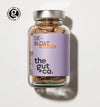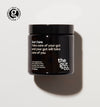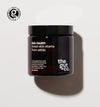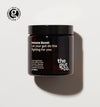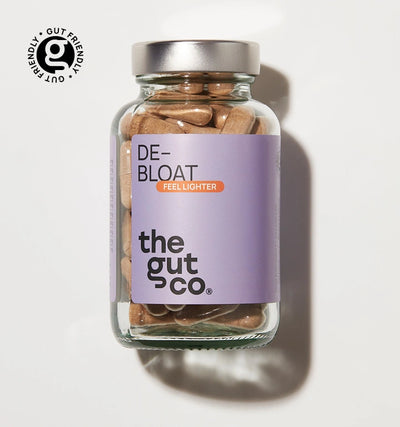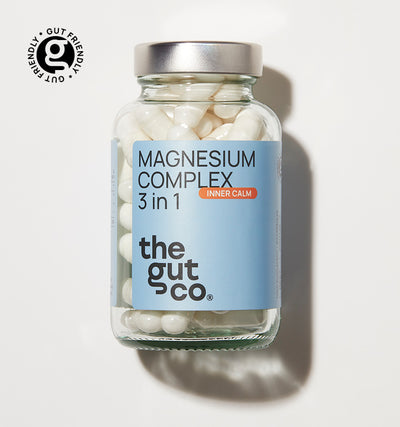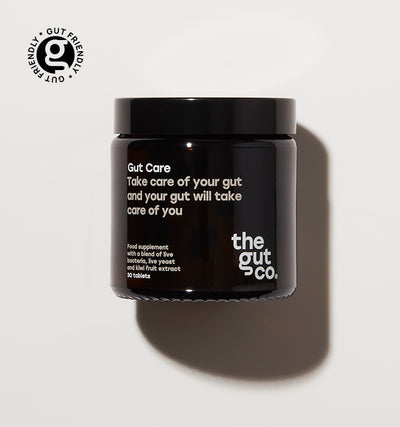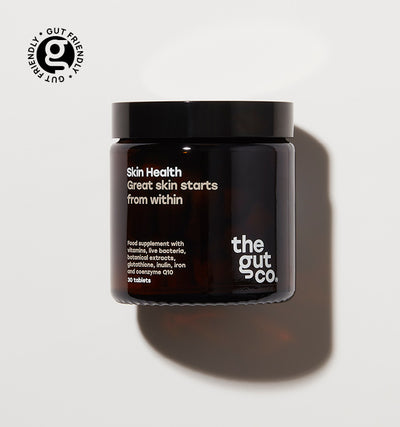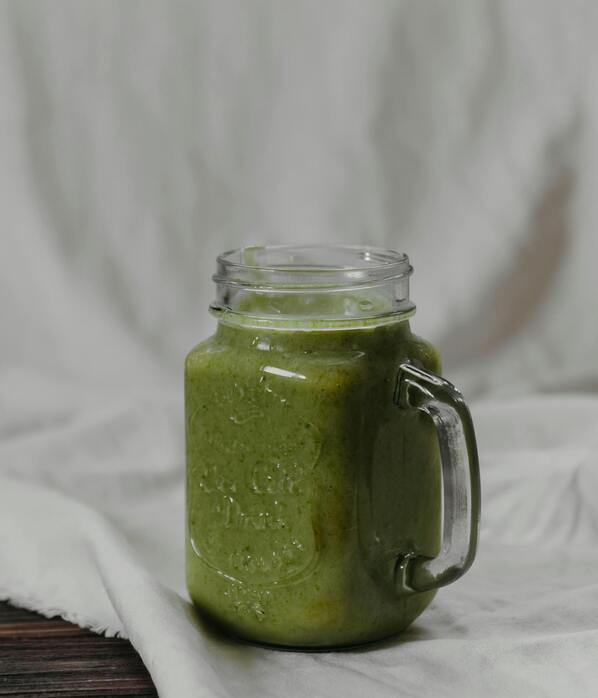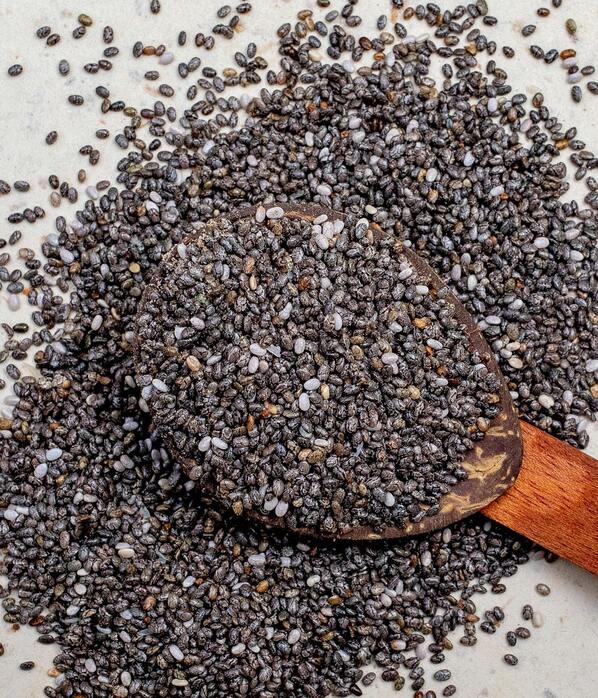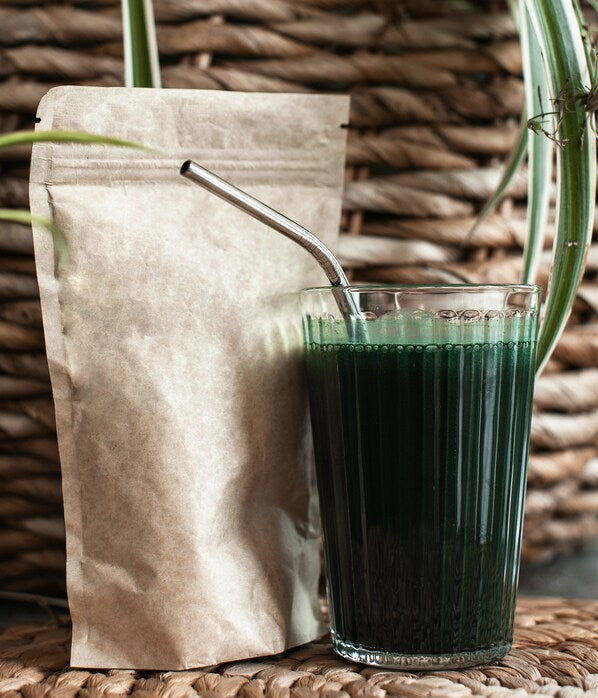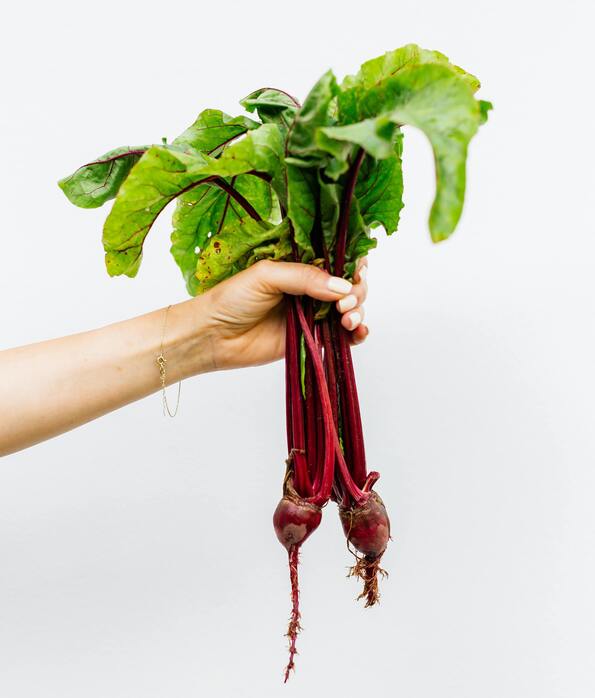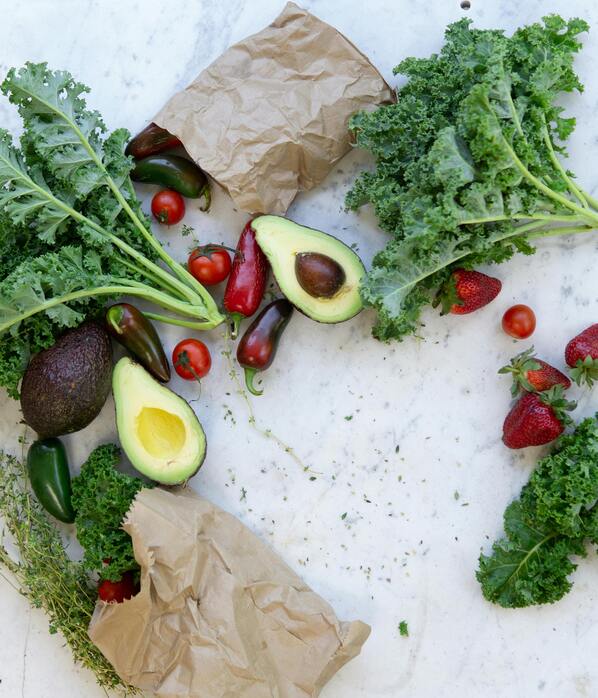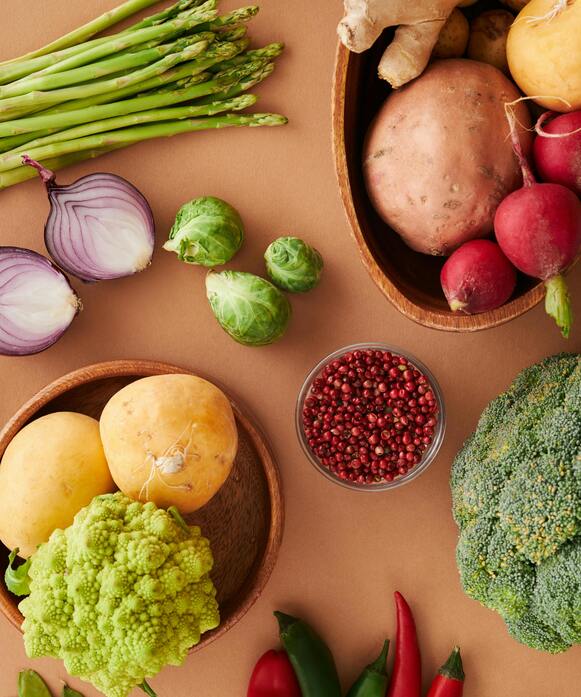Friendly gut bacteria explained
Date:
22 Oct 2022

The gut contains trillions of bacteria; over 100 trillions just of the good ones!1 This article will explain what they are, how they work and how they get there.
What is the gut microbiome?
To understand bacteria, we must understand microbiomes. There are multiple microbiomes around the body including the skin and oral microbiomes.2,3
Here, we will only focus on the gut microbiome. The gut is filled with microbes; bacteria, viruses and fungi, collectively known as the microbiome.
Many of these microbes exist in the intestines; part of the gastrointestinal tract which runs from the mouth to the colon.4 Having a balance between the good and bad bacteria in the gut is essential to maintaining health.
What is the function of good bacteria?
Good bacteria comes in many forms; there are 300-500 species of bacteria that exist in the gut.5 That diversity is what keeps the gut thriving, diverse and balanced and adding new species can be helpful to achieve and maintain that.
The function of good bacteria is to digest what is consumed, absorb nutrients and produce vitamins in the intestinal tract including folic acid, niacin, B6 and B12.6
Good bacteria also protect us from the bad bacteria by taking up space in the gut, meaning bad bacteria cannot multiply.
They produce acids that stop the bad bacteria from growing and are able to stimulate the immune system so it can fight bad bacteria and stop them causing trouble.7
What are the main types of good bacteria?
Most good bacteria that are beneficial to human health fall under the categories Lactobacillus and Bifidobacterium, both of which contain many different species of bacteria.8
Lactobacillus bacteria can usually be found in the digestive, urinary, and genital systems within the human body, whereas Bifidobacterium is more often located in the gut.6
Strains of Bifidobacterium are useful to protect against bad bacteria, as well as relieving IBS symptoms and digestive issues such as bloating, excess gas and abdominal pain.6
They have also been linked to reduced cholesterol levels in women and those with type 2 diabetes.6 When combined with Lactobacillus strains, it can be useful to prevent eczema.9
Lactobacillus has been linked to a reduction of travellers' diarrhoea and diarrhoea which is a result of rotavirus in children. It can also be used to treat H.Pylori infections, as it blocks its growth. Lactobacillus also helps to improve the immune system, protecting the body from diseases.6
Many probiotic supplements and probiotics that can be found in food sources contain these species of bacteria, which is why they are so beneficial to health. They can be used generally to improve gut health and prevent disease and infection, or specifically to target an existing infection.
How do I look after my bacteria?
Good bacteria thrive on prebiotic fibre. Fibre is a non-digestible substance, meaning it surpasses the stomach acid and reaches the intestines acting as a food source for the good bacteria.10
Fibre can be found in fruit, vegetables and whole grains, so including these in your diet can ensure your good bacteria is well fed.
Bad bacteria adore sugar. Added sugars, artificial sweeteners, alcohol and even too much natural sugar is a feast for the bad bacteria.11
If they are overfed, they can multiply and kill off the good bacteria which impacts the balance needed for gut health. Although you don’t need to stay away from these things altogether, limiting your intake and maintaining diversity in your diet can help to protect your gut.
Final Thoughts
Understanding gut bacteria is crucial to looking after your own health. Many people’s perception of bacteria is pretty negative, and we are here to change that narrative.
Bacteria is absolutely essential to our health - we just need to ensure we are fuelling the good ones and not the bad!
References
2: https://www.nature.com/articles/nrmicro.2017.157
3: https://www.ncbi.nlm.nih.gov/pmc/articles/PMC6503789/
4: https://www.niddk.nih.gov/health-information/digestive-diseases/digestive-system-how-it-works
5: https://www.ncbi.nlm.nih.gov/pmc/articles/PMC3983973/#:~:text=Within%20the%20human%20gastrointestinal%20microbiota,million%20genes%20(the%20microbiome)
6: https://www.healthline.com/health/cold-flu/good-bad-germs
7: https://pubmed.ncbi.nlm.nih.gov/14507586/
8: https://www.ncbi.nlm.nih.gov/pmc/articles/PMC4878258/#:~:text=Most%20of%20the%20probiotic%20bacterial,rhamnosus%2C%20reuteri%20and%20salivarius
9: https://pubmed.ncbi.nlm.nih.gov/19840300/
10: https://www.ncbi.nlm.nih.gov/books/NBK223591/#:~:text=Dietary%20Fiber%20consists%20of%20nondigestible%20food%20plant%20carbohydrates%20and%20lignin,in%20the%20human%20small%20intestine
11: https://www.sfadvancedhealth.com/blog/are-you-feeding-your-gut-bacteria-5-ways-to-tell#:~:text=As%20you%20eat%20certain%20foods,sugar%20starve%20out%20beneficial%20bacteria

